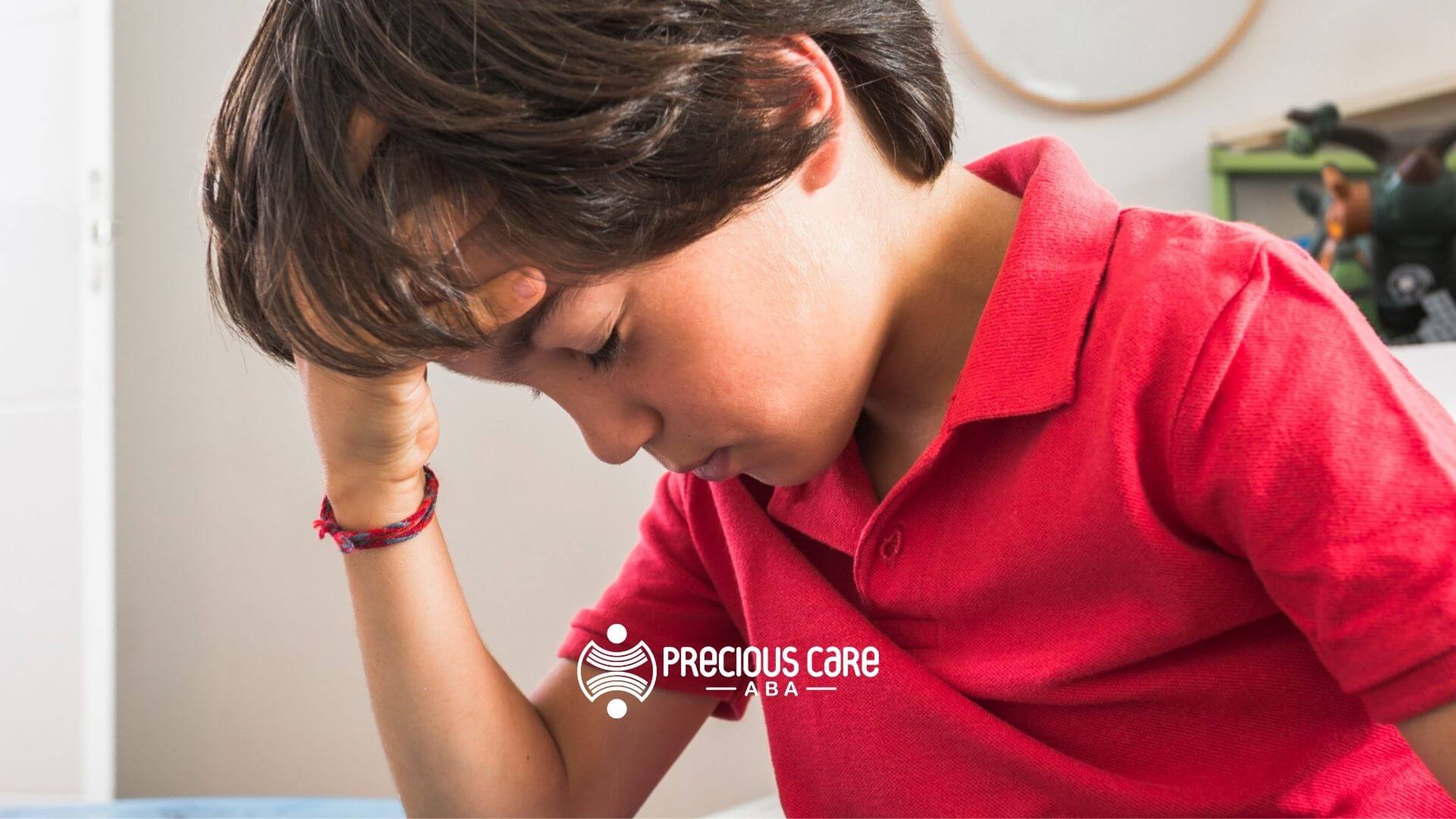Autism meltdowns can feel overwhelming—for both children and parents. Unlike tantrums, meltdowns aren’t about getting attention or control. They’re an involuntary response to stress or sensory overload in autism.
Understanding the stages of an autism meltdown can help parents recognize early signs and support their child with compassion.
The 6 Stages of an Autism Meltdown
- Triggers Begin
Stress builds from autism meltdown triggers like loud noises, crowded spaces, or changes in routine. - Rising Anxiety
The child may show restlessness, pacing, covering ears, or avoiding eye contact. These are early warning signs. - Escalation
Frustration grows. The child might cry, yell, or use repetitive movements to cope. This is the critical point where calming strategies help. - Meltdown Peak
The meltdown is in full swing. The child may scream, throw objects, or collapse. Remember: this isn’t a tantrum—it’s a response to overload. - Slow Recovery
Intense behaviors begin to decrease. The child may still be upset but less explosive. Quiet reassurance is key here. - Exhaustion
Afterward, children often feel drained or need rest. Some may appear withdrawn or need time alone to recharge.
Learning the difference between autism meltdowns vs. tantrums helps parents respond with empathy. Calming tools, sensory spaces, and consistent routines can make a huge difference.
At Precious Care ABA, we provide personalized support for families across New Jersey. Whether through in-home ABA therapy or ABA therapy at daycare, our team helps children build
coping skills for everyday life. Explore our New Jersey ABA services to learn more.
FAQs
What causes autism meltdowns?
Common triggers include loud noises, sensory overload, unexpected changes, or communication frustrations.
How do you calm an autistic child during a meltdown?
Provide a quiet, safe space, offer calming items, and avoid added pressure or demands.
Are autism meltdowns the same as tantrums?
No. A tantrum is goal-driven, while a meltdown is an uncontrollable response to being overwhelmed.
Sources:
- https://www.leicspart.nhs.uk/autism-space/health-and-lifestyle/meltdowns-and-shutdowns/
- https://www.autism.org.uk/advice-and-guidance/topics/behaviour/meltdowns/all-audiences
- https://autism.org/meltdowns-calming-techniques-in-autism/
- https://www.theautismservice.co.uk/news/what-does-an-autistic-meltdown-feel-like/
- https://pmc.ncbi.nlm.nih.gov/articles/PMC2927009/


